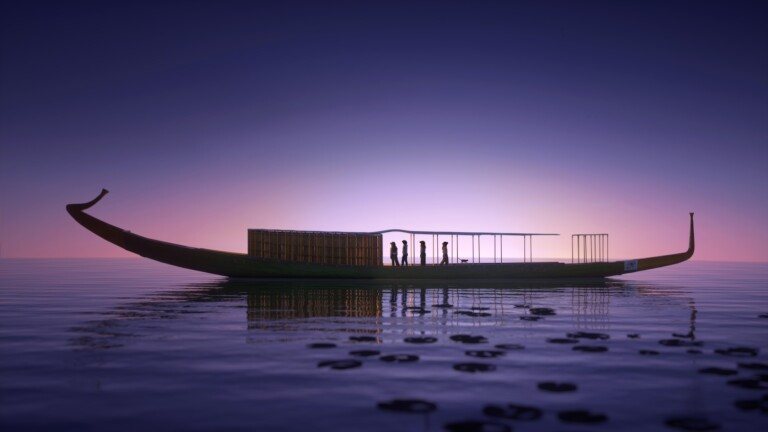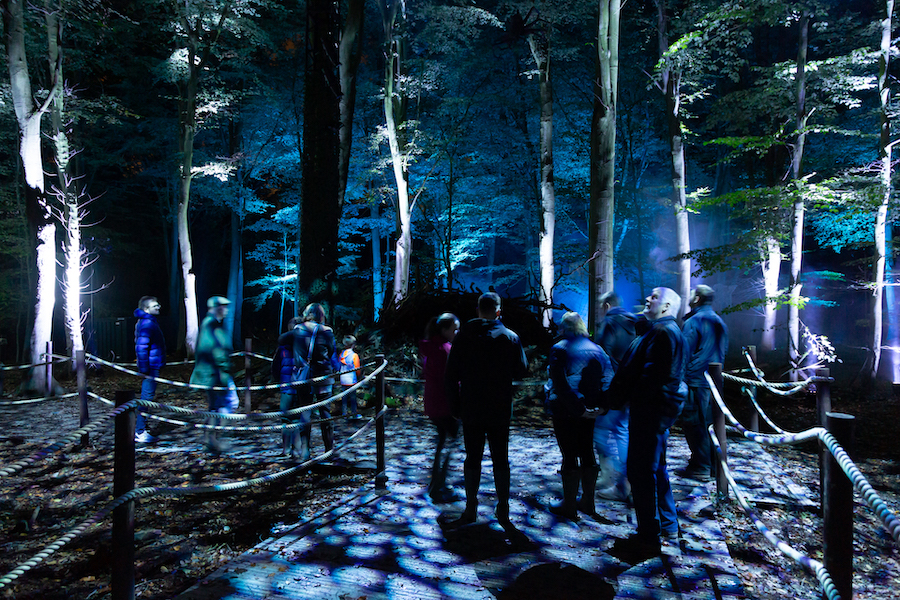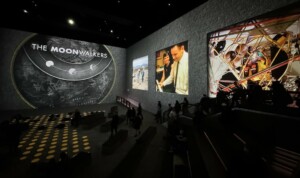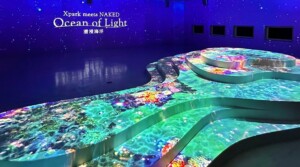By Natalia Bakhlina, Leisure Development Partners
VR-based attractions and experiences have faced several hurdles over the past decade. For many professionals in the attractions industry, VR promisingly peaked at The Void when its first demo location opened in 2015. An industry pioneer, The Void revolutionised high-quality VR experiences by integrating physical elements, smells, wind and heat alongside high-end tech. The result was free movement, a crisper picture and experiences that felt more real than ever before.
However, the industry’s efforts to progress in image quality, orientation and scene transitions halted. With a lack of solutions to the unwieldy hardware and high development costs, VR remained expensive to develop and, being staff, power and maintenance intensive, costly to operate. High cost, coupled with limited throughput and scalability that hindered revenues, led to slim profit margins.
Many industry ventures were compelled to either abandon projects or compromise on quality thereby tarnishing VR’s reputation. It remained niche, predominantly used in VR arcades, high-tech and gaming centres, and VR escape rooms. Theme parks use it to reinvigorate older rides. Plus certain speciality attractions such as The War of the Worlds use the tech for parts of the experience.
The resurgence of a fully VR-based experience at The Horizon of Khufu is therefore intriguing. What value does this new attraction offer to brave going against the grain? And has it managed to depart from the pitfalls encountered by its predecessors?
Competing in the immersive experiences marketplace
As leisure economists, we always emphasise that technology in successful attractions is not used as the core experience. Instead, it should be a tool to deliver content and enhance the visitor journey.
As an instrument, VR faces stiff competition from alternative immersive technologies. High-definition interactive projections, mesh projection screens, 3D, LED lighting, touch screens, and emerging technologies like augmented reality (AR) and holograms have diverted attention from VR in attractions development refocusing on creating a mixed, and importantly – instagrammable, reality as opposed to a purely virtual one.
The immersive experience market has expanded to include immersive walkthroughs (e.g. Harry Potter: A Forbidden Forest Experience), multisensory exhibitions (e.g. Balloon Museum), cinematic experiences (e.g. BBC Earth Experience) and digital art (e.g. Frameless, Lightroom). This creates a vibrant but competitive landscape.
However, low repeatability remains a hurdle to creating permanent sites. The practice of developing highly priced temporary attractions has prevailed.
Managing expectations for visitor satisfaction
The success of any attraction hinges on aligning visitor expectations with the delivered experience. The expectations, in turn, are shaped by the promise communicated in advertising, the visitors’ perception of pricing and their prior experience with similar attractions.
Consequently, miscommunication, overpromising and overpricing become costly errors resulting in customer dissatisfaction and negative reviews. As an emerging market testing the waters, the sector of immersive experiences is challenged by a combination of consistently high pricing and inconsistent levels of quality.
The customary ‘you get what you pay for’ consumer marker has become impractical, creating confusion among customers. It makes some hesitant to explore new experiences within this segment.
How the Horizon of Khufu stands out from the crowd
Our expectations for The Horizon of Khufu, spanning 1,000sqm, were undoubtedly influenced by these considerations. Having spent £120 for a family of four, presented as an early bird discount, we certainly required an outstanding experience to feel satisfied. We were apprehensive, given some past disappointments.
It is worth noting that like many experiential attractions, The Horizon of Khufu uses a form of dynamic pricing. The initially announced full price of £45 reflected an entertainment value (or price per hour of entertainment – an important metric used in attractions economics) nearly four times the London average.
However, the actual prices at the time of writing range between £20 on weekdays and £24 on weekends. This is a positive step towards achieving a more equitable balance in terms of value for money.
Despite the premium cost, The Horizon of Khufu did not disappoint. The experience starts with a standard briefing, entering the party names in the system and kit fitting (a VR headset and a rucksack). The visitors are then guided into a high-capacity VR arena. This transports them 4,500 years into the past to tour in, around and above the Great Pyramid of Giza at the time of King Khufu (aka Cheops).
The attraction stands out in several aspects – a challenge to the VR industry norms:
Education over gamification
The experience is designed as a guided tour offering a visual history lesson on the life and burial customs of ancient Egyptians. Visitors get to explore the inner structure and significance behind the elements of the pyramid. They can delve into the beliefs of the time, witness the development of the ancient city, and attend a burial.
Whilst there is walking, bending and some surprises, the overall experience is passive. There are no quests, no physical interactions, and no shooting elements, which sets it apart from its heavily gamified counterparts. While this may detract from the experience for action seekers, it would appeal to those who enjoy exploration. It should certainly be of value to parents and educational groups.
Longer form experience
An uninterrupted 45-minute VR session, as opposed to a typical 15-20 minutes, allowed the creators to develop an elaborate storyline and deepen the level of immersion. It also provides visitors with sufficient transition time to adjust to the kit and the sensation of being in VR before starting to pay attention to what is happening.
On the flip side, a long passive experience might pose a challenge for younger audiences with shorter attention spans. My tween children felt it was 10 minutes too long, as their hardware rucksacks began to feel heavier. There is an added challenge for those who, like myself, are prone to motion sickness. However, this effect only becomes noticeable after returning to reality.
Solutions in identification and spatial awareness
Disorientation and limited opportunities for interpersonal interaction are one of the main criticisms of VR technology. VR not only provides an “out of body” experience (i.e. the participants do not see their own body) to avoid cumbersome outfits but also challenges the ability to orient oneself and identify others in the group.
The Horizon of Khufu offers a range of simple yet effective solutions. The individuals within a couple of metres appear as ghostly human outlines, while party avatars are distinguished by a different colour and names floating above them. The system also identifies physical obstacles with a red grid. It directs those who may have lost their bearings back to the right area within the arena.
Attention to detail
Immersive experiences strive to achieve the suspension of disbelief and VR technology is heavily challenged in this area. Computer game-style visuals, the absence of body and symbolic identification, coupled with abrupt transitions and inevitable spatial glitches are the price to pay for employing VR in attractions.
However, The Horizon of Khufu offers an impressive level of detail including weeds at the river bottom, extra spaces for visitors who may stray beyond the allowed perimeter, a full set of teeth inside digital heads, and spectacular 360 views from the summit of the Great Pyramid. This contributes a great deal to painting the picture and mitigates many of the inherent tech drawbacks.
Final impressions of The Horizon of Khufu
Overall, The Horizon of Khufu provided a high-quality experience with significant educational value and a high level of immersion. It has delivered on its marketing promise, promptly adapted to market dynamics by adjusting pricing and has stood out in the busy marketplace. The question remains: will the company take it to a new level and navigate the repeatability challenge by offering new expeditions and collaborating closely with educational groups? We certainly hope so.
Natalia Bakhlina visited the London site in Westfield Stratford City









